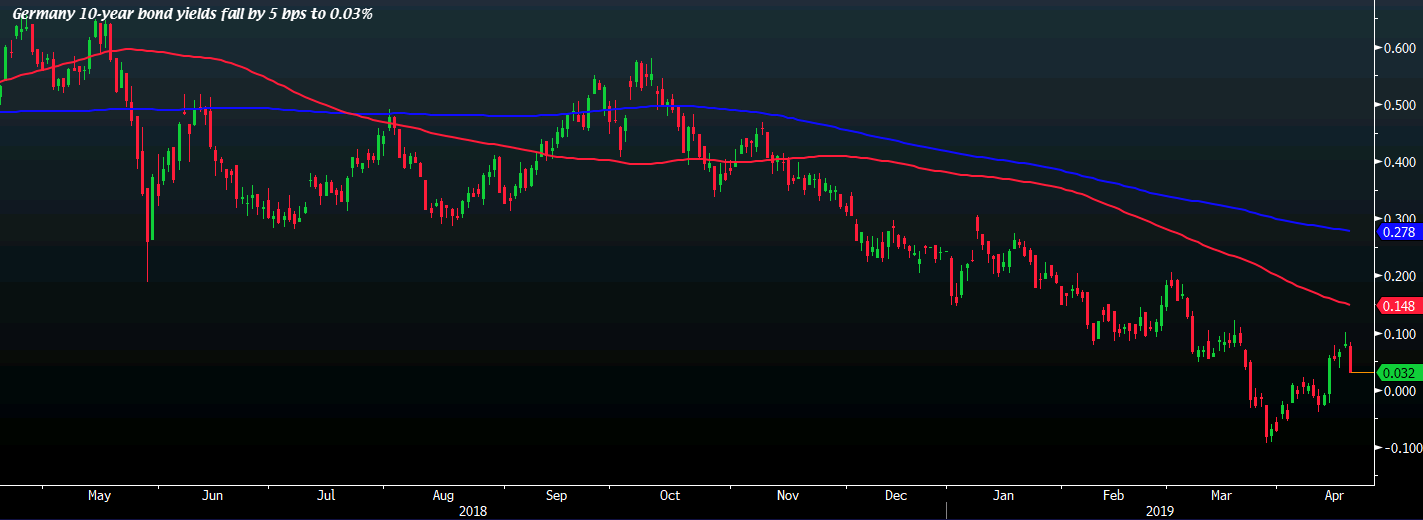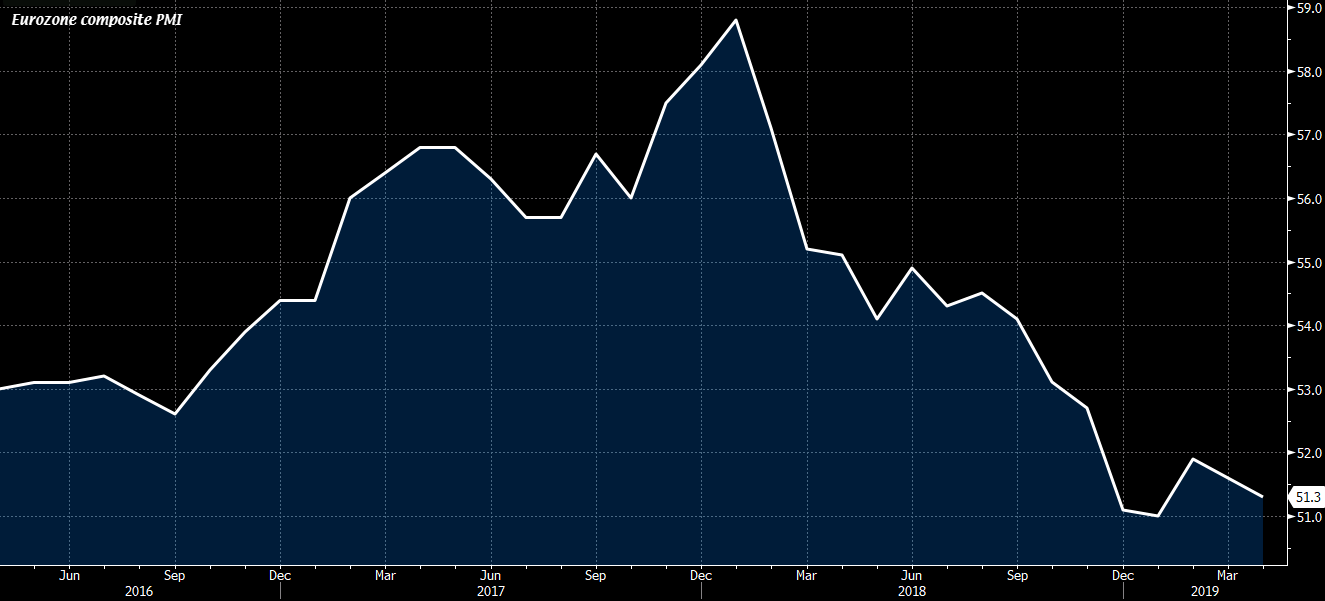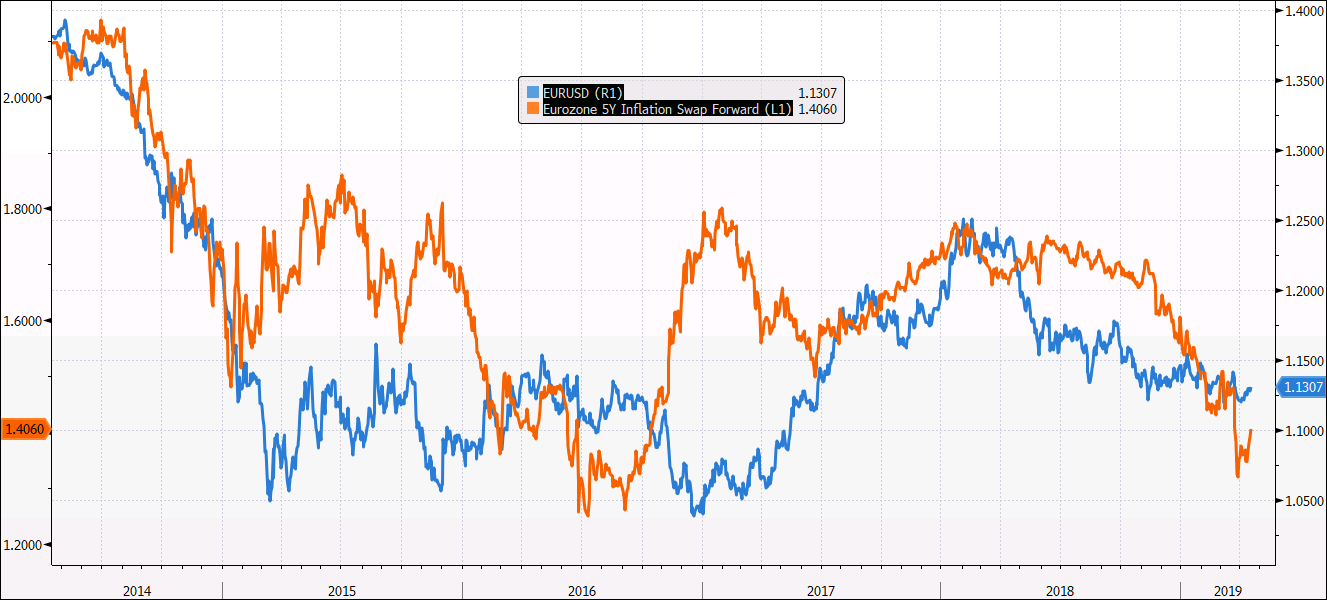Some positive headlines for risk at least
- China and US still conducting talks on trade deal text
- “Plenty of work” still remaining with US on trade deal




Greek bond yields hit their lowest in nearly 14 years, highlighting a comeback for the country that was the focal point of the debt crisis that crippled the eurozone a decade ago.
The benchmark 10-year yield fell 3 basis points to 3.274 per cent, its lowest since September 16 2005. Historically, Greek debt has attracted lower volumes of trade than other eurozone countries.
Greece last month sold its first 10-year bond in nine years, raising €2.5bn of paper prices at a 3.9 per cent yield. Order books topped €11.8bn.
The country has entered a “period of economic growth that puts it among the top performers in the eurozone”, an IMF March report said. The fund projects real gross domestic product growth of 2.4 per cent for 2019.
A broad rally in the sovereign debt market last month pushed the equivalent German bund yield negative for the first time since 2016.
A deal to repay IMF loans is imminent, Reuters reported on Monday, citing the words of a senior official. The official said on Friday that Greece was hoping to strike a deal over the weekend to repay about half of the loans early as it seeks to lower its debt-servicing costs.
Sentiment towards Greece however remained somewhat muted on Monday.
“The economy has returned to growth but is not as dynamic as had been hoped,” said Oxford Economics on Monday. “However, unless Greece can kick-start the economy and significantly expand its narrow tax base, it will remain trapped in a high-debt/low-growth environment. This almost guarantees the official creditors a firm grip on Greece’s economic affairs.”
Reuters, citing unnamed sources, reported that Greece is planning a bond issue in June to raise money for the repayment.